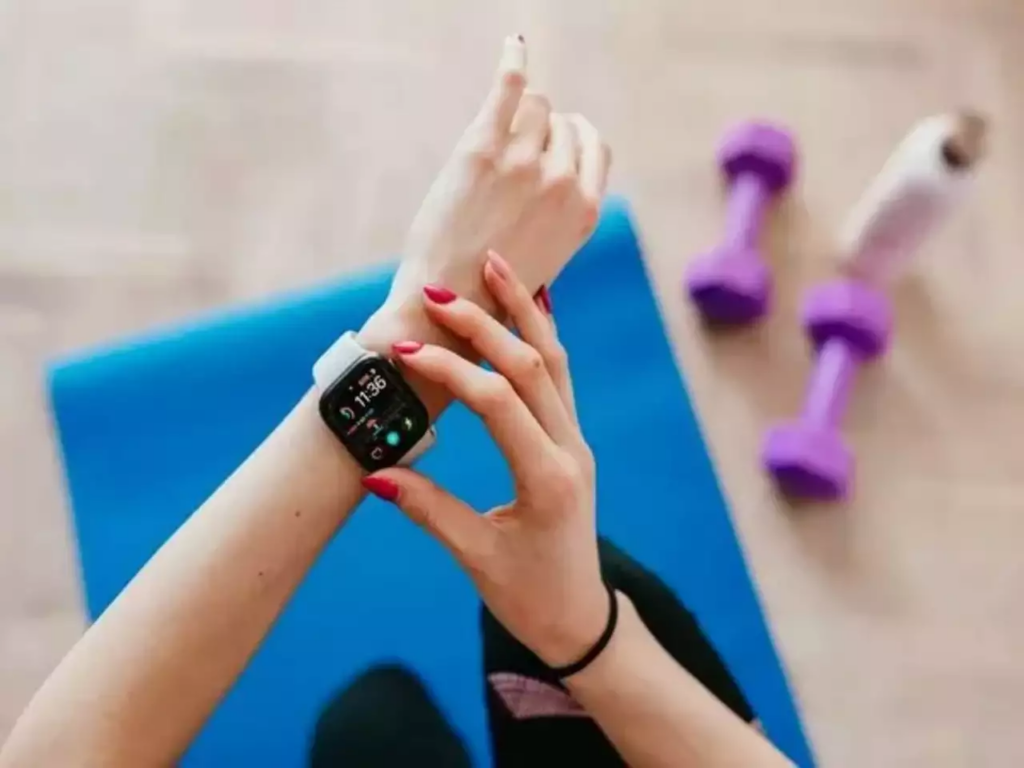
Preventive medicine using wearable devices 2023
Sanjh
- 0
Wearable health equipment is a show. To calculate, 300-year-old Chinese wore an abacus ring with seven rods and seven beads on each rod. Edward Thorpe invented the Roulette Shoe, the first wearable computer, in 1961 to beat casino roulette tables.
Back to the Future II’s scientific component or evident peek into daily life in 2015, forecasting exciting scientific developments, resonated with many in 1990. Video phones and 3D ads were among its successes. In one scenario, shoes and garments self-resize, auto-dampness detection, and self-dry. It nailed wearable tech.
Wearable healthcare technology is any gadget worn or connected to the body that improves health and collects data on various health conditions. Healthcare professionals may get real-time health data. Pacemakers were the first, but they were implanted.

Tech businesses originally chose watches, then health data gadgets that also indicated time. Smartwatches read notifications, sent messages, called, and tracked fitness and health.
Industrial health care might use the technologies, affect
- Preventive Care
- Patient Engagement
- Patient Compliance
- Patient self-management
- Diagnostics and novel treatments
We emphasize prevention. Basic data includes heart rate, blood pressure, calories burnt, steps, exercise time, and physical strain. These exercises can help a heart failure patient who needs to exercise but not overdo it.
Wearables in preventative medicine: putting the power of health in the hands of the individual
Heart rhythm abnormalities can be life-threatening or painful for many. These and more relevant sophisticated testing assist design precise therapy. They arise unexpectedly and may self-limit, making detection difficult. The patient either goes to the ER, hoping it lasts long enough for the ECG, or utilizes a wearable that records ECG to detect the issue and avert injury from a diagnostic delay.
Atrial fibrillation ablation surgery with same-day release is safer if the patient may be remotely monitored at home, reducing numerous false-alarm re-admissions. Wearables forecast COVID-19, track fertility, heat-related disease, pharmacological effects, and psychological therapies.
They include underrepresented demographics, such as uncommon illness patients, and are already entering forecasting models as big data from wearables may change population health dynamics and health trends. Wearables’ non-invasiveness is optimal.
Prof. Faysal Yafi spoke at a recent European Urology Conference on “Wearables for Erectile Quality: Catchy Gadget or Valuable Clinical Instrument?” on devices used to track sexual function, ED, and PE. Rigiscan is widely used yet obsolete. FirmTech and Xialla require proof. The only effective PE device is the vPatch, which will soon be accessible DTC.
Wearables have a bright future. Watching smart hearables, patches, clothes, and implants is thrilling. Wearables are advancing healthcare and changing wellbeing. Keep an eye on this place as wearables continue to change the future of healthcare, helping us live healthier and make better health decisions.

